Hello! Let's stay in touch - join 490+ subscribers
for new post notifications,
free ebook, and zero spam.
One email every few weeks. Unsubscribe anytime.
Welcome back, !

Things I Found Interesting #3
Here we are again, with selected content from all over the internet about tools, tech, cloud, programming, work, and a single article I couldn't categorize.
Probably because I'm still in shock after reading it.
July 13, 2021
Read more
→

Don't help others (immediately)
I know my coworkers and teammates are reading this, and probably my boss as well.
But let's risk it.
July 1, 2021
Read more
→
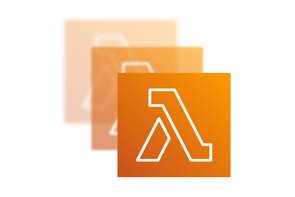
AWS Lambda Performance Optimization
There are two reasons to optimize AWS Lambda functions performance.
First is money – you pay for the Lambda execution duration.
The quicker you do the job, the less you pay.
The second is latency – the quicker you do the job, the shorter your client waits for the result.
It's a known fact
that the decrease of latency improves sales, user engagement, and client satisfaction – so we could argue it's also the money, in the end.
April 26, 2021
Read more
→

Things I Found Interesting #2
Two months after the previous edition, I gathered enough interesting resources to share them.
In this edition, you will find content about HTTP, WebDev, versioning, tech, and problem solving.
April 14, 2021
Read more
→
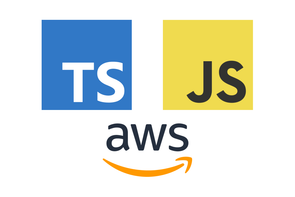
AWS JavaScript SDK v3 - usage, problems, testing
The new version of AWS SDK for JavaScript / TypeScript / Node.js came with a few significant improvements.
But does "General Availability" mean "ready for the production"? How to use it? And how to unit test our code using it? Let's take a look at it.
March 22, 2021
Read more
→
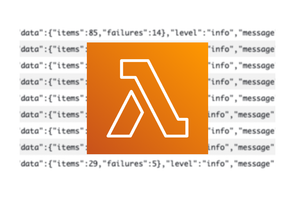
AWS Lambda logging best practices
Logging in AWS Lambda functions is simple.
You just print the message, and it's sent to the CloudWatch Logs.
And everything is fine until you get a surprisingly big bill for the CloudWatch usage, or you need to actually debug some live system.
Here are my tips for logging in AWS Lambda, based on my experience with real-live, big-scale functions running on production.
March 1, 2021
Read more
→

Things I Found Interesting #1
Welcome to the first issue of Things I Found Interesting – an irregular series of links to, well, interesting content.
Below are eleven articles and resources on various software-related topics, which I stumbled upon in the last several weeks.
February 12, 2021
Read more
→
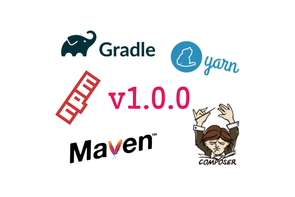
Pin exact dependency versions
Buckle up, for some of you this may be controversial, but maybe for some others – obvious.
This is how to prevent a problem causing your application to out of the sudden stop behaving correctly, or, even more funny, stop behaving correctly only on one developer's computer.
We can solve this with one two simple tricks.
February 4, 2021
Read more
→
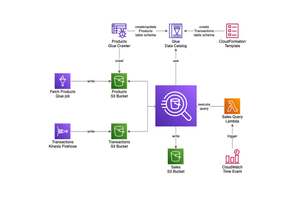
Three ways to create Amazon Athena tables
Here I show three ways to create Amazon Athena tables.
More importantly, I show when to use which one (and when don't) depending on the case, with comparison and tips, and a sample data flow architecture implementation.
Also, I have a short rant over redundant AWS Glue features.
All in a single article.
Enjoy.
January 12, 2021
Read more
→
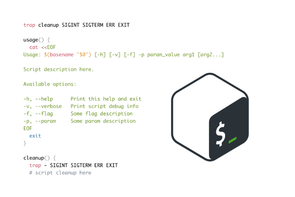
Minimal safe Bash script template
Bash scripts.
Almost anyone needs to write one sooner or later.
Almost no one says "yeah, I love writing them". And that's why almost everyone is putting low attention while writing them.
December 14, 2020
Read more
→